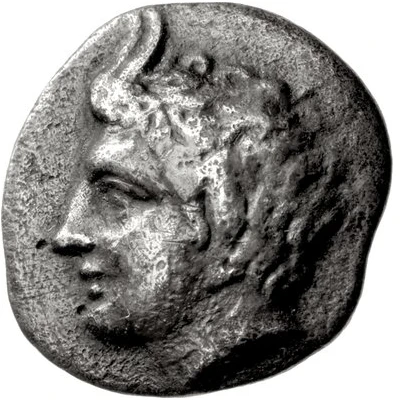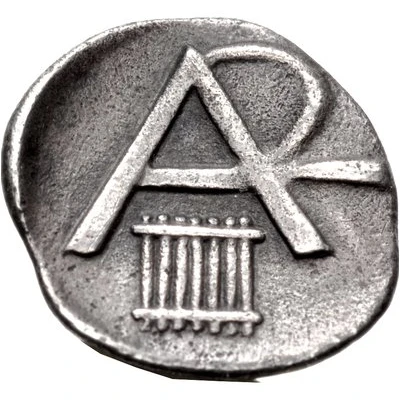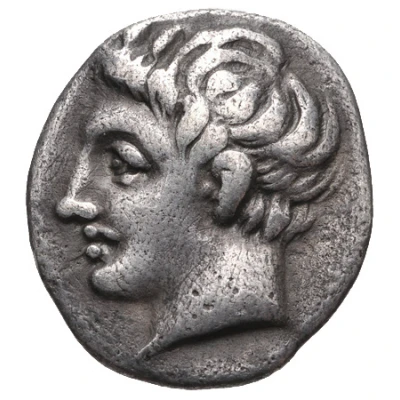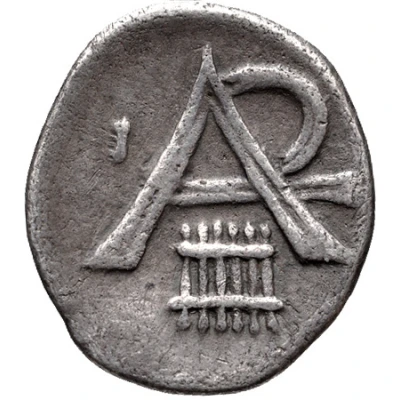
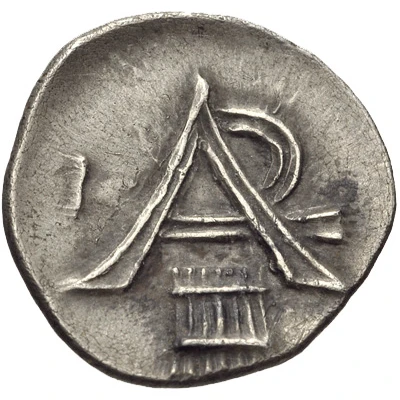

© Classical Numismatic Group, Inc.
Obol Megalopolis 330 BC - 275 BC
| Silver | 0.90 g | 12.0 mm |
| Issuer | Arcadian League (Arkadia) |
|---|---|
| Type | Standard circulation coin |
| Years | 330 BC - 275 BC |
| Value | Obol (⅙) |
| Currency | Drachm |
| Composition | Silver |
| Weight | 0.90 g |
| Diameter | 12.0 mm |
| Shape | Round (irregular) |
| Technique | Hammered |
| Demonetized | Yes |
| Updated | 2024-10-09 |
| Numista | N#153328 |
|---|---|
| Rarity index | 100% |
Reverse
Large AR monogram in outline form with "I" monogram to the left and syrinx below
Script: Greek
Interesting fact
The Obol coin was used as a form of currency in ancient Greece, specifically in the city-state of Megalopolis, which was located in the region of Arcadia. The coin was made of silver and had a distinctive design, featuring the image of a boar on one side and a helmet on the other. The Obol was a standardized currency, meaning that it was widely accepted and used throughout the region, and it was also used as a form of payment for soldiers and mercenaries. It's interesting to note that the Obol coin was used during a time of great cultural and political change in ancient Greece, as the city-states began to form alliances and expand their territories. The coin's design and the fact that it was made of silver, a valuable and durable metal, reflect the importance of trade and commerce during this time period.
